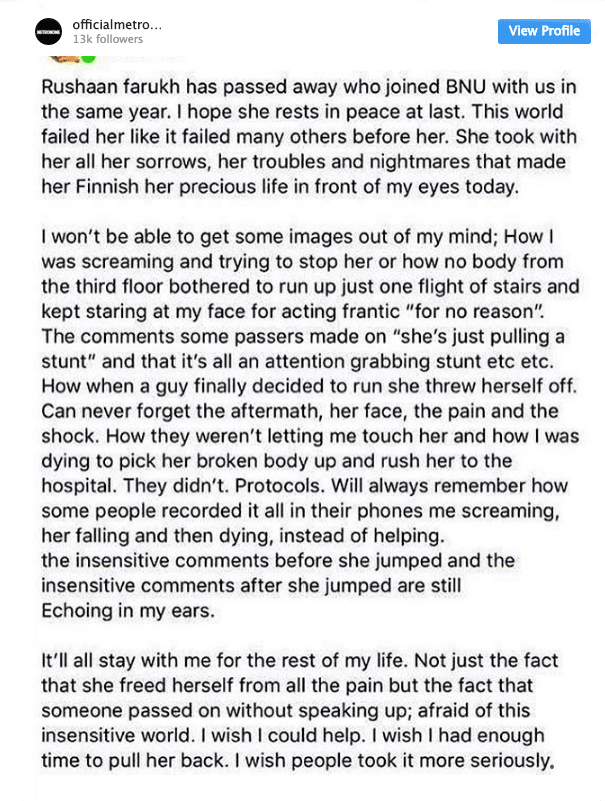The Suicide Story
By Deneb Sumbul | Special Report | Published 6 years ago
With teen and young adult suicide on the increase in Pakistan, signs of a growing psychological malaise become more evident every day.
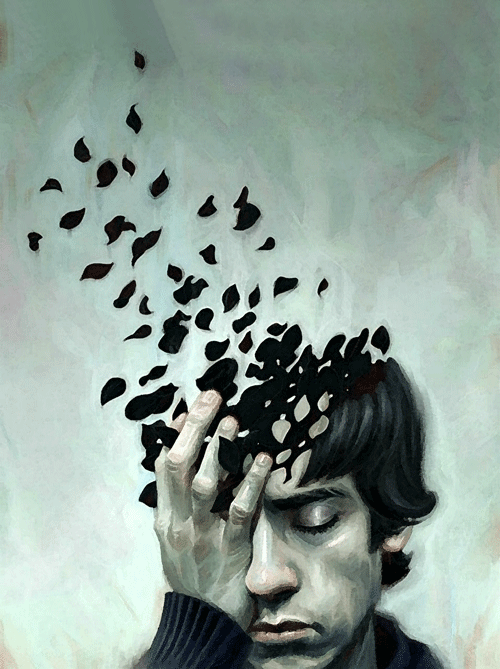
Illustration ‘Teen Suicide’ by Carts for Grist Magazine Cover
My first encounter with suicide was as a child of seven. My uncle’s best friend had committed suicide by drowning himself. He was only 17 and had been a frequent visitor at our place, and was immensely popular with the children of the neighbourhood. The shock of seeing him lying dead before being taken away for the funeral left a deep imprint on the mind and a big question: why? His death was beyond my comprehension. I was very young then, but years later I learnt his traumatised family had still not understood why. And so, his suicide remained a painful mystery.
Farid Ahmed, an intermediate student, shot himself despite obtaining 81 per cent marks in his exams because he was expecting higher marks. Within a few days, the intermediate results had taken a toll of three more adolescents from other villages in Chitral who had also committed suicide, disheartened by their examination results.
Every 40 seconds, somewhere in the world, someone commits suicide. Every year, close to 800,000 people worldwide take their own lives, and there are as many who attempt it. In August 2018, the World Health Organisation (WHO)’s paper on suicide stated it had become a public health priority. Globally, 79 per cent of the suicides occur in low and middle-income countries. What was most alarming, according to WHO, was that presently, suicide is the second highest cause of death among 15 to 29 -year-olds.
Interestingly, despite all the depressing socio-economic issues in Pakistan, the rate of suicide in the country is not as high as in other low-income countries. According to WHO statistics for 2014, an estimated 13,377 suicidal deaths occur every year in Pakistan.These figures aside, there is no reason for complacency; since 2012, adolescent suicides are being reported with worrying regularity, and recently there has been a sudden surge. There are also disturbing reports about a rising frequency in the suicides of young adults.
A recent study titled, ‘On the pathway to suicide: suicidal ideation in young people in Karachi, Pakistan,’ published in the Youth Voice Journal, found a high prevalence of suicidal thoughts among young students, especially girls, in Karachi.
The study conducted by Dr Murad Moosa Khan, Dr Ehsanullah Syed, Dr Nargis Asad, Dr Mohammad Zaman and Dr Shahina Pirani at the Aga Khan University (AKU), was based on a survey of 123 students studying from Grade 9 to Grade 13 at a co-educational high school in an upper-middle class area of Karachi.
A specific questionnaire was used after taking permission from the school administration, parents and students. Some of the alarming findings of the study were that 58.54 per cent of the participants had suicidal thoughts. The majority of them (84.5 per cent) considered suicide, or even the idea of it, sinful. And yet there was a high prevalence of ‘passive suicidal ideation’ (37.40 per cent), as compared to ‘active suicidal ideation’ (21.14 per cent).
Active suicide comprises the suicidal thoughts of an individual who has formulated a plan to kill him/herself, while passive suicide ideation is when a person has thoughts of self-harm or suicide, but no definite plan, to follow through. The researchers stressed how critical it was to identify young people at greatest risk of suicide in the hope of intervening before tragic consequences.
The Centre of Biomedical Ethics and Culture (CBEC) recently held a session on, ‘Suicide in Young People: Psychological and Social Factors,’ with Dr Uzma Ambareen, a leading Karachi-based psychiatrist. Held at the SIUT, several psychiatrists, clinical psychologists, pathologists, doctors from different fields of medicine and students, came together to hear and discuss the issues that were plaguing adolescents in the country and causing them to commit suicide.
Dr Ambareen highlighted the necessity of discussing not just the environmental, but social and psychological issues that often go unrecognised and undiagnosed, which can eventually culminate in suicide.
What emerged from the talk was the disturbing realisation that almost everyone, at some point in their lives, has had a weak moment at least once, with suicide having been contemplated. Unfortunately, if not understood and acknowledged by the friends and family of those who are most likely to take that step, they only learn of the suicide after the fact.
In September 2018, 26-year-old model Anam Tanoli’s suicide shocked the media. Appearances notwithstanding, the seemingly vibrant young mother of two, who hung herself, was apparently suffering from severe depression and was facing cyber-bullying.
While the suicide rate in Islamic countries like Pakistan has hitherto been relatively low, partially, it is believed, because of religious reasons – it is considered haraam – and partially because incidents go unreported, owing to the socio-cultural stigma that surrounds the issue.
Old traditions die-hard. Families of suicide victims often report their sudden death as being induced by heart failure or some other galloping illness. Sometimes people don’t even inform other family members of a suicide in their ranks, for fear of being stigmatised. A family traumatised this way is plagued with its own unanswered questions and often grapples with feelings of guilt. And if the truth becomes public knowledge, the family can be further traumatised by other people’s speculation, comments and questions – which is why disclosure is often not a choice they make. Some may eventually turn to psychiatrists to process their pain as there is no one else they can talk to about the tragic details of their loved ones’ deaths.
And then, there are the legalities involved. Because it is deemed haraam in Islam, and clerics often refuse to even administer the burial rites, local doctors are often empathetic, aware of the predicament of the family of the suicide victims who are brought to them to certify their cause of death. They go along with the families’ wishes to aver in their death certificates that the deaths were the outcome of natural causes.
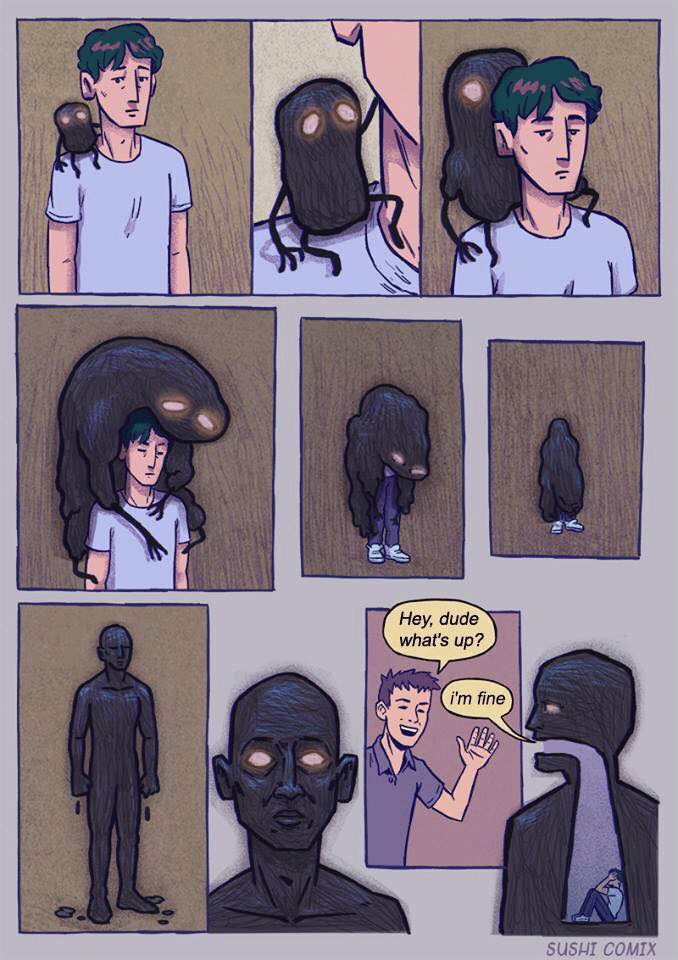
Suicidal tendencies and ideations among adolescents are not restricted to a specific class or a group of people, but across the world, in all religions. Parents from low-income groups, illiterate themselves, put everything on the line for their children’s education because they share the belief that hard work and a good education can get their children a better life. Unfortunately, despite doing all the ‘right’ things, the fruits of their labour are not always forthcoming.
Dr Ambareen spoke of a lot of pop psychology that has young minds convinced that they will be able to do whatever they want and that the only place to be is at the top; that an individual is nothing unless at the apex. So the belief is that either one is a loser or a winner, and that there are no other categories. It follows then that if one is a loser, that applies to everything. Ergo: what’s the point of life? Parents’ high, often unrealistic expectations, intense competition from peers and the realisation that they cannot access the opportunities and fame/fortune/success they expected would come their way, is when feelings of hopelessness start to set in.
The suicide committed by the son of former Pakistani cricketer Aamer Hanif last February, over his ‘non-selection for the under-19 cricket team,’ is a prime example of such a situation. Mohammad Zaryab was a first-year college student who was upset because he was declared too old for the team. However, he persisted with his dream and was given the assurance that he would be selected – only to be rejected again for being an “overage player.” Hanif claimed his son was pressurised and the behaviour of the coaches and people overseeing the affairs of the Under-19 players compelled his son to commit suicide.
“The one psychological state that leads to suicide, is a sense of hopelessness,” said Dr Ambareen. Hopelessness, she explained, can mean different things to different people, but ultimately it is when someone has given up, when they have lost all hope of things getting better, of not getting what they want, of not having their expectations met in life, or of being unable to meet other people’s expectations, feelings of guilt, of shame, low self-esteem, all feed into the despair that prompts people to end their lives.
“We are a society that has started connecting self-worth with achievement,” said Dr Gulnaz Anjum, a professor of psychology at IBA. She was referring to a series of adolescent suicides reported by the local media last August, of people from various villages in Chitral. For the last few years, such news is being constantly reported from Chitral, an area of Pakistan where suicides were virtually unheard of in the past.
Dr Anjum explained that this spike could point to the rapidly changing world and new social pressures bearing down on teenagers and the increasing communication gap between their parents and them. She stresses that in such competitive environments, children and adolescents are suffering and struggling everywhere and it is imperative for all educational institutions to have counselling centres. She gave the example of her own institution, where trained professionals apply the methodology of speaking to troubled students completely free of charge in counselling centres within the institute.
Although the teachers are watchful, healing depends on what stage the problem is detected in a student. In the case of most students, with guidance and academic counselling, they improve. However, if it is detected at a later, stage it would take longer. Dr Anjum says that, at the university level students are older and handle stress better. Students who are in schools and colleges, aged 17 and younger, are more prone to suicides.
Dr Ambareen spoke of the concept of a “psychological autopsy,” which is a psychological profile created of unexplained deaths by interviewing the deceased individuals’ family members, friends, healthcare personnel and work colleagues to determine the cause or nature of their death. This would be difficult because of the veil of silence that cloaks suicide.
Unfortunately, not all institutes provide counselling services even though it is increasingly necessary. Openly talking to adolescents, conducting seminars on relevant subjects they can attend, and engaging their parents to help them understand how they can help their children, can change the younger generations’ lives for the better.
Dr Ambareen also spoke of the depression felt by her patients when they observe on social media platforms what others are achieving, or the kind of lives they are leading. Living in the public eye and having hundreds of friends and followers on social media such as Facebook and Twitter is now the norm among adolescents where everything has to be put out there and admired. She says her patients assume that is what life is all about or should be, and she has to explain to them that nobody advertises their misery on Facebook and one cannot assume that those posting happy pictures are not facing difficulties. She tells them those posting holiday pictures of Europe or the perfect wedding are only a part of their lives they want to show. Unfortunately, this creates images of an idealised life on impressionable minds who feel that if they don’t have it, they are worthless.
Dr Gulnaz Anjum explained that presently, youngsters get their psychological cues from watching TV shows and websites. Several adolescents feel that life is what is portrayed in the shows, and try to enact what they see – including sharing personal pictures and private information on social media and sometimes imbibing from all these media forums the ways in which suicide can be committed.
In psychiatry, it is held that if individuals do not have the exposure or means to commit suicide, they are less likely to do so. However, suicide games on the Internet, such as Blue Whale, provide the relevant information, even the precise guidelines on how to take your life.
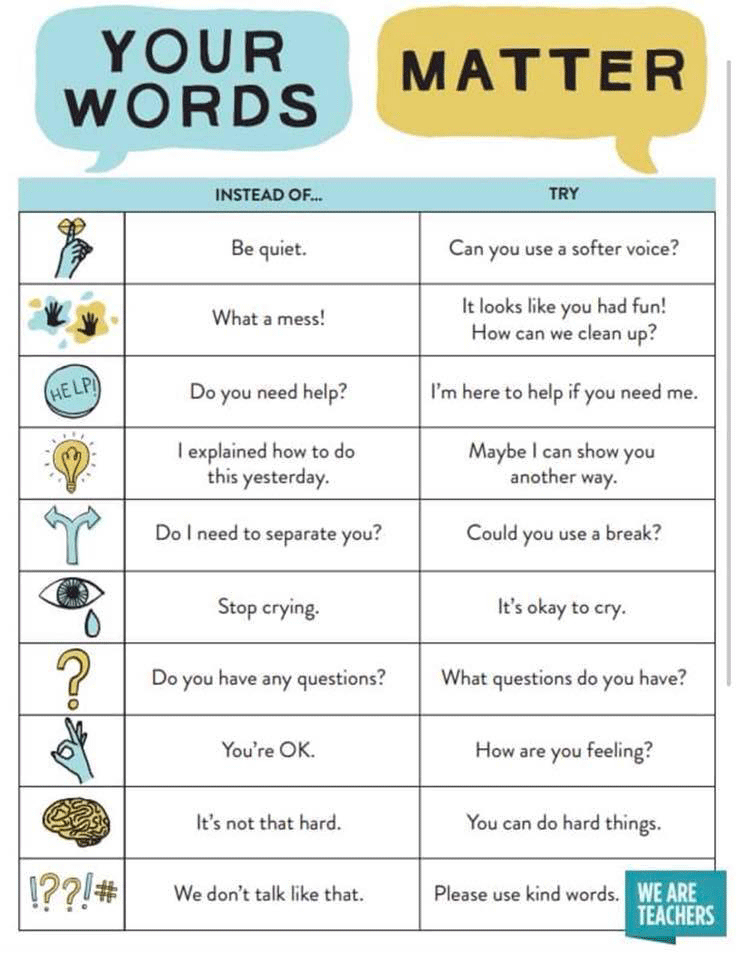
Two impressionable young men from Mardan fell prey to the Blue Whale in 2017. They started playing for fun, but as the tasks became increasingly dangerous, they fell into depression. Thankfully, they sought psychiatric help. However, there was another case in Peshawar of a young girl who pushed herself into the final Blue Whale task of committing suicide and actually took her own life. This game site was banned in Pakistan in 2017, but is still accessible through the dark web and in closed groups.
Dr Anjum emphasised the need to streamline their thoughts in a way that they realise the difference between the psychological space that they are constantly exposed to, and the real life space around them, with all its socio-cultural factors. Parents also need to be educated about how to explain real life to their children, and listen to them instead of being brutally dismissive, even if they have a difference of opinion. This, she said, would help them cope with life and the challenges they encountered.
In recent times, the view on suicide has undergone a change, but not necessarily for the better. Dr Saleem Kirmani, a psychiatrist working with adolescents in SIUT for four years, found that “suicide is no longer considered something awful or evil. Adolescents, as well as adults sometimes, consider it a release from an existence of emotional pain.” This could explain why it is more commonplace now. Hence, a growing need to establish easily accessible helplines. With a cell phone in almost everyone’s grasp, that might be the way to go. And the media could also play a positive role in this regard.
Dr Mudassar Aziz, a professor of psychology at SZABIST, was of the opinion that there should be helplines for parents as well, tailored to the social milieu they are in, and to address mindsets such as, “My son didn’t commit suicide; it is the fault of the social ambit he/she was in.” What is missing, the doctor says, is the ‘’unconditional positive regard,’’ that is often referred to in psychological literature. This includes making a child feel worthy, not only if he or she achieves what his/her parents want. In other words, self-worth is contingent upon unconditional love, in the case of parents and their children, this regardless of how successful or not the children are, or whatever their grades may be.
Girl Interrupted
According to a 2018 World Health Organisation (WHO) paper, half of all mental health conditions begin by the age of 14, but most cases go undetected and undiagnosed. Another key fact pointed out is that “the consequences of not addressing adolescent mental health conditions extend to adulthood, impairing both physical and mental health and limiting opportunities to lead fulfilling lives as adults.”
On November 26, a 21-year-old, fifth semester student of Visual Arts and Design at the Beacon House National University in Lahore, jumped from the fourth floor of a building. Sustaining severe injuries, she was rushed to a hospital where she was said to have refused medical attention since it was a case of “attempted” suicide, and that would have meant a police case. She was then taken to General Hospital where she underwent surgery, but she could not survive.
On Facebook and Instagram there were indications, from the posts she put out, of disturbing signs: she spoke of death and of killing herself. But others wrote in saying that she appeared jolly and happy on her Instagram posts, and her family, on the same social forums, called it an accidental death caused by slipping. However, the dying girl’s farewell post left no room for speculation.
An Instagram post after her death by a classmate speaks volumes about the attitude relating to suicide.
– D.S
Dr Mudassar gives the example of South Korea, where he was based for four years. Despite being one of the most developed and highest achieving nations in the world, he said, South Korea, has a huge issue of “conditional positive regard.’’ Like any other Asian country, the meta-narrative addressed to youngsters is, “You don’t deserve love if you don’t achieve.” Suicide and mental health issues are rampant – South Korea is ranked with among the countries with the highest suicide rates in the world (41.7 men and 18.0 women commit suicide out of every 100,000), many of them adolescents. The doctor says this black and white conditionality for achievement is similar to the way kids are raised in Pakistan – “you are good child if you get good numbers in your studies, and not so good if you don’t.” In other words, “I will love you if you achieve.”
There are additional factors that contribute to self-esteem issues. In the age of social media, the word friendship means something different to what it did for adolescents of previous generations. Busy parents encourage their children to occupy themselves somehow, or glean information required for homework assignments from the sites available on the iPads they give them, or their smartphones. And this is increasingly beginning when children are very young, with these devices serving as surrogate babysitters. Hence a parallel world of sorts. And inherent in that, the dangers: like-minded souls gravitating to one another even without ever meeting, and sharing ideas, information, traumas and sometimes even suicidal thoughts.
Speaking from the work experience afforded him, Dr Kirmani said children or adolescents crave attention and want to reach out to their parents, but complain that their mother or father do not give them any time, spending it on their computers, their phones, or elsewhere. They need to know that there is someone out there for them. In being able to reach out to their parents, older siblings, or friends, when they are feeling low, and finding a sympathetic response, can, at least, dissipate the pain they are carrying, or at best, save their lives.
A case in point: a valedictorian, in his convocation speech thanked his friend sitting in the audience, for saving his life. However, his friend was completely clueless what he was being thanked for. The valedictorian narrated how, one day, as a youngster, he had made up his mind to end his own life. Walking home from school that day, he tripped, scattering all his books. A classmate came over, helped him pick them up, put them into his school bag, and then walked home with him, chatting all the way. That act of kindness apparently triggered a life-saving outcome. The valedictorian said he postponed his thoughts of suicide. Thereafter, walking home together became the norm, and the two became close friends.
The valedictorian’s friend later wrote about this account and said that while he was aware his classmate was something of a loner, he could never even have conceived what had been on his mind when he helped him pick up his books. But he silently thanked God he did, because, he said the valedictorian lived to become his sincerest friend and one of the finest men he knew.
A medical student at the SIUT forum raised the pertinent question of how to approach a person who is depressed or showing signs of being suicidal – the dos and don’ts, since there must be certain phrases one should avoid using, certain gestures one should refrain from, which could make a difference. She was told in response, that for one, remarks that are dismissive, are to be avoided, such as, “You will get over it, or you are not being brave, or you don’t want to face reality.” So what can one say to help such a friend who is not feeling good about his/her life?
Most people do not know how to respond to remarks such as, “I’m so fed up, I want to kill myself,” when it comes from a troubled person. Dr Ambareen advises that even if the remark cannot be addressed there and then, never take it in passing. The best option is to find another opportunity, preferably soon, to ask gently, in a non-judgmental way, whether they meant what they said, or why they said it, or ask what were they feeling to make them think this way.
Psychiatrists have learnt that people do try to reach out. The worst thing an individual can do is to discourage a troubled person from talking about what he/she is contemplating, because it is like closing a door in their face. And if that door or window they are reaching out to is shut, they may not try again.
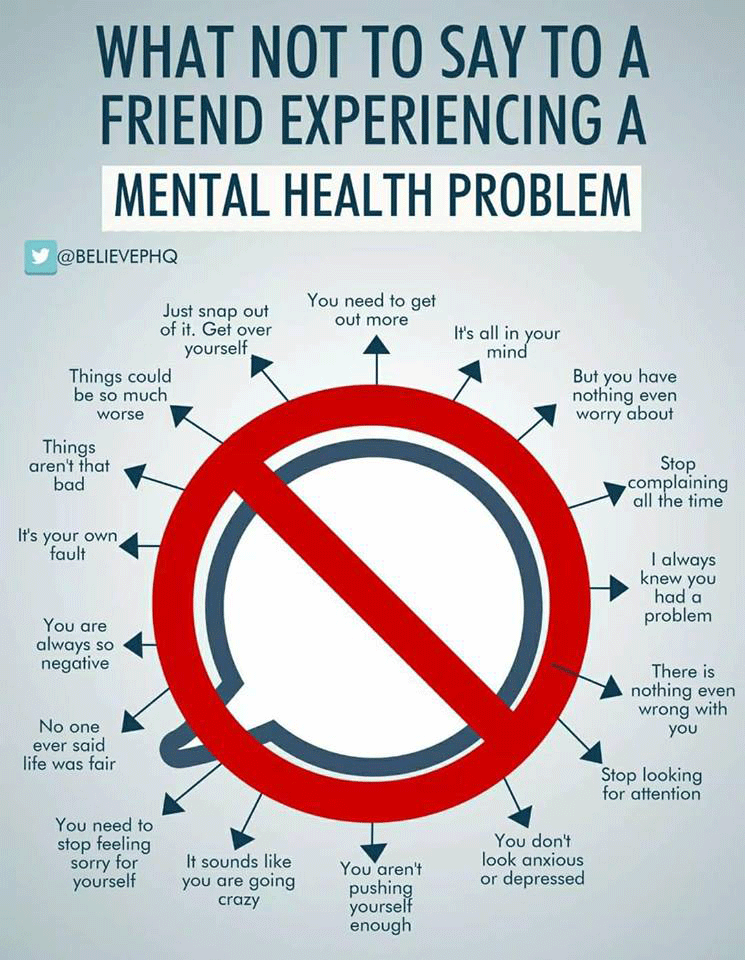
“By encouraging them to talk about it may actually give you the opportunity to pull them away from the brink,” said Dr Ambareen. Some of the questions one may ask are, “I heard you mention that. Are you serious? Or are you going through a difficult time? Do you need someone to talk to? Do you think I can be useful or help you with it? If I can’t help, maybe I can find someone who can?” Basically, put yourself in a position to help.
But psychiatrists caution, sharing one’s own experience with the troubled person is not advisable. “They might respond, ‘Your situation is so different from mine. How can you even compare it with mine?’ And clam up,” said Dr Ambareen. However, those who have experienced suicide at close quarters can, on social platforms, highlight that there is nothing glorious about suicide; it is only a loss of faith in oneself and life.
“All we need to do is keep those at high-risk engaged in deep, meaningful relationships, be it only one,” stressed Dr Mudassar. “That is the biggest protective factor in suicide prevention. All we need to do is to encourage them to connect with someone at a deep meaningful level – with parents or family or peers.”
“When somebody is approaching suicide, they start to disconnect. Several people are at the highest risk of suicide when someone close to them has died. A significant deep connection can actually be a preventative factor,” Dr Ambareen stated. “And an empathetic, non-judgmental listener can definitely be very helpful. If any of you can identify a change in someone’s behaviour and connectiveness, address it and don’t let that go. Many times troubled individuals are unable to reach out, but if you ask, they might tell you. Ask with an open mind, without being judgmental and without being dismissive. The worst they can do is say, it’s none of your business. The most important thing is, to let them know you are there.”
According to Dr Mudassir, “Suicide cases are primary attachment issues which, according to research, are very significant. How you parent today may have consequences in 10 years’ time.” He added that children should be encouraged to cut down on social media time, but they have to be provided healthy alternative outlets. Having open lines of communications are important and parents, children and pets are ideal training grounds. Attachments formed during childhood play out later in life. To know that somebody has their back is imperative.
For the longest time in Pakistan, committing suicide was a crime and if the person survived, he would end up in jail and his family would be harassed by the authorities. Recently this has been taken out of the Pakistan Penal Code. However, its implementation still has quite some way to go. The Sindh Assembly took the lead and passed the Mental Health Act on September 19, 2013. On April 10, 2015, the Sindh Assembly passed an amendment that a person who attempts to kill himself or is accused of blasphemy should be examined by a psychiatrist and given treatment if found to be suffering from a mental illness.
Ultimately, an overhaul of the system is imperative. Culturally we need to redefine our value systems, discern what is causing so much damage in present times and what could prove beneficial. Beyond parenting, schools can play a role in terms of counselling and train teachers to be watchful of such problems among their students. And hopefully, at some point, people will get past speaking about the issue of suicide being haraam.
Doctor Heal Thyself
Suicides among medical students are quite prevalent, across the globe. The question arises, why would medical students, who rank among the brightest and highest achieving, resort to suicide?
In 2010 Ishfaq Hussain, a 21-year-old medical student from Chitral, was found hanging from the ceiling fan inside his dorm room. A close friend confided that Ishafq had left a four-page suicide note in which he stated in detail how miserable his life was at the AKUH. The administration denied that fact.
In 2016, a series of suicides were reported from top medical universities of Karachi. Waseemullah Khan, a second-year nursing student, was found hanging from the ceiling of his dorm room. He hailed from Gilgit and was on a full scholarship with a job guarantee at the Aga Khan University Nursing School. The reason for suicide is unknown and no explaination was given. Later reports emerged that the AKUH had started a faculty mentorship programme to deal with such issues at that time.
Also in 2016, 27-year-old Abdul Basit Jamal Siddiqui, a final-year Bachelor of Dental Surgery (BDS) student at the Hamdard University, committed suicide by immolating himself. The university’s administration had disallowed him from appearing in his final paper when he reached half an hour after the end of the examination. His family claimed Basit’s car had broken down on his way to the exam centre. His fellow students held a teacher responsible for his death, alleging that he had told Basit that the only way he would get permission to take the paper was “if he set himself on fire.” The grieving family had filed a case against the Karachi Medical and Dental College and the university, but the outcome is not public knowledge.
Medical schools are often associated with high levels of stress, which many students are aware of when they take admission. Examination results are invariably linked by competitive-oriented students to the remainder of their lives. However, as Dr Ali Kirmani explained at the forum in the medical profession, one of the main fears is that of failure: “What is going to happen? Am I going to lose my job? Am I going to lose my license?”
Erum Ghazi, a psychologist, mentioned that while working with her clients, apart from hopelessness another thing that emerged was helplessness. A feeling that “there is nothing I can do” and a complete loss of control. Several of her clients are doctors, and the one thing she says that consistently surfaces is 24-hour working shifts leave very little time for self-care and introspection. In addition to that, if the young doctors have frustrations or are troubled, who will they go and talk to? It is extremely important to have mentorship and for them to know there is someone they can approach “who can cover their backs.” According to statistics, within the medical profession, the highest number of suicides are among anesthesiologists, and then ironically, by psychiatrists.
Dr Ghazi added, “I am a psychologist and in our profession what happens is that I have a clinical supervisor, a research supervisor, a mentor and a therapist and I go to them for redressal of issues that pertain to their field of expertise whenever I need.”
– Deneb Sumbul
The writer is working with the Newsline as Assistant Editor, she is a documentary filmmaker and activist.



